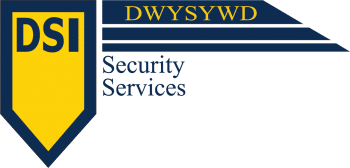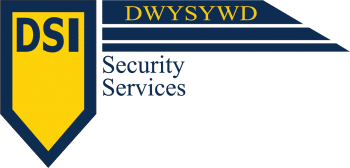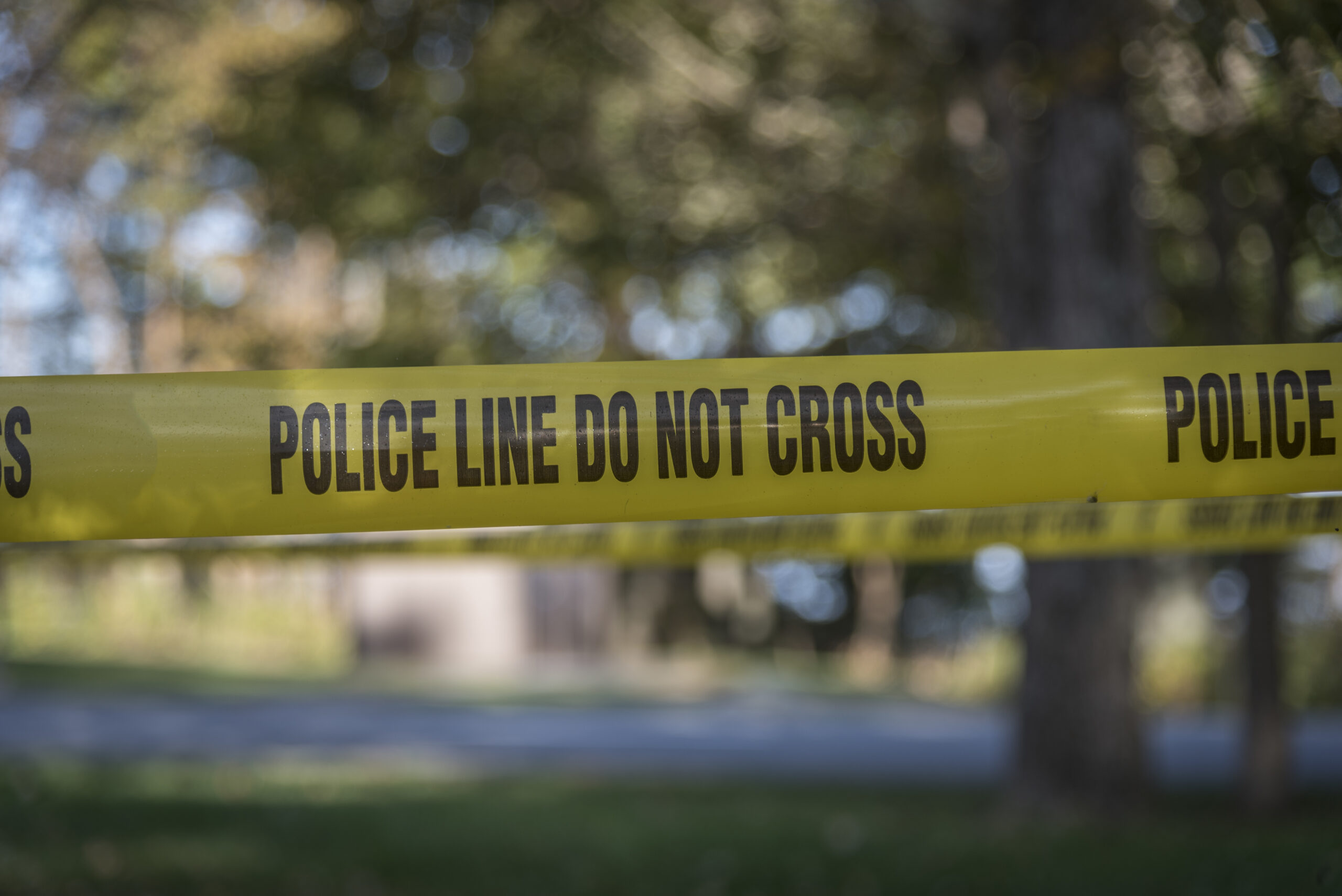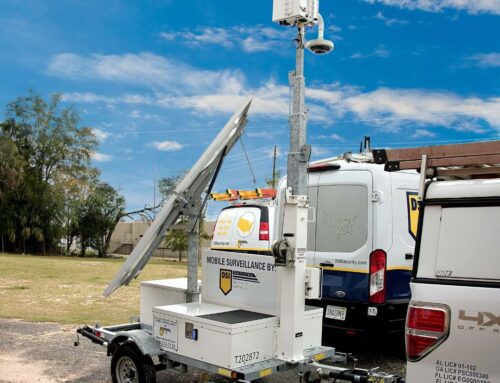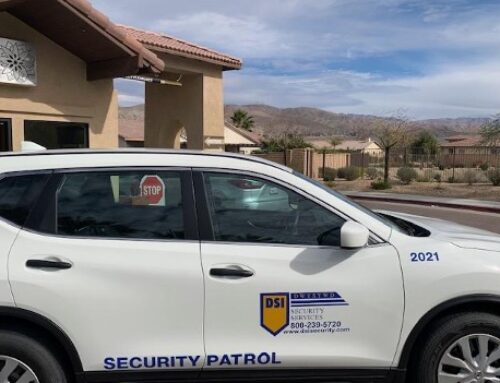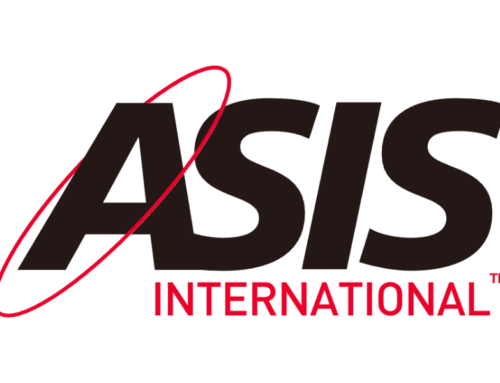BY: Eddie Sorrells, CPP, PSP, PCI
Chief Operating Officer/General Counsel- DSI Security Services
After having spent a productive few days in Dallas Texas last week exploring the latest in security innovation, technology, and education at the ASIS International Conference, most security practitioners awoke this morning to the horrible news of a new record-setting active shooter event in Las Vegas. Similar to several events that have occurred in Europe and other locations around the world, the shooter in this case chose to attack a large public gathering of thousands innocently enjoying an outdoor music festival. The fact that the perpetrator chose a hotel room 32 floors up, recalled memories of the Texas tower shooting in 1966, an event that most recognize as the first active shooter tragedy in modern American History. Many businesses, members of the public, and even security experts, are left wondering today what more can be done to guard against these types of attacks. There is no easy answer, and the fact that this was by its very definition a soft target environment, makes it even more difficult to plan for. However, I believe that one positive outcome of such tragedies can be a re-focus on planning for active assailant situations.
I have done numerous active shooter training sessions in the last year, and I begin each by recommending to each attendee that they not only focus on adhering to their company policy, but strive to have a mentally prepared response plan as an individual, regardless of what circumstances they find themselves in. The reality in 2017 is that you can encounter an active shooter in the workplace, on vacation, and at a large public gathering. Whether the attack comes from a vehicle, explosive device, sword or knife, or in this case automatic weapon fire, being prepared is the best weapon we have to survive such attacks.
What do gunshots sound like, what are my options for survival, and what could or should I do in the event I find myself in such a horrific situation, are questions that should be asked- not just by industries and organizations-but by each citizen. I know that many professionals in the security industry stand ready to educate our customers and the public on what a response plan should look like. Unfortunately, there is no perfect plan or absolute guarantee of safety in these situations, but preparation has been proven time and time again to minimize loss when tragedy strikes. There are already stories of heroic acts performed by law enforcement and private citizens that undoubtedly minimized further loss of life.
Also, there is a wealth of resources produced by knowledgeable experts on how to plan for such attacks. By way of example, one of my go-to references when advising customers on hardening soft targets is Soft Target Hardening: Protecting People from Attack by Jennifer Hesterman. This book and many others written by learned experts in the field can provide an excellent baseline for training and plan development. In addition, emerging technology such as gunshot detectors and emergency notification apps can prove invaluable in the mist of chaos when locating an active shooter is difficult. Lastly, organizations such as ASIS International are doing great work with making resources available and creating initiatives such as Security Cares designed to educate managers of small/medium-size businesses and cultural/community institutions—places that traditionally have not considered themselves targets—about the fundamentals of security prevention and preparedness.
Going forward many highly visible potential targets will debate new levels of screening, more stringent security protocols, and other methods to stop the next attack, but above all, let’s take this opportunity to really focus on planning and education so that when, or if, the next tragedy strikes, those involved are ready to respond. I take comfort in knowing that our profession stands ready to educate and support.
